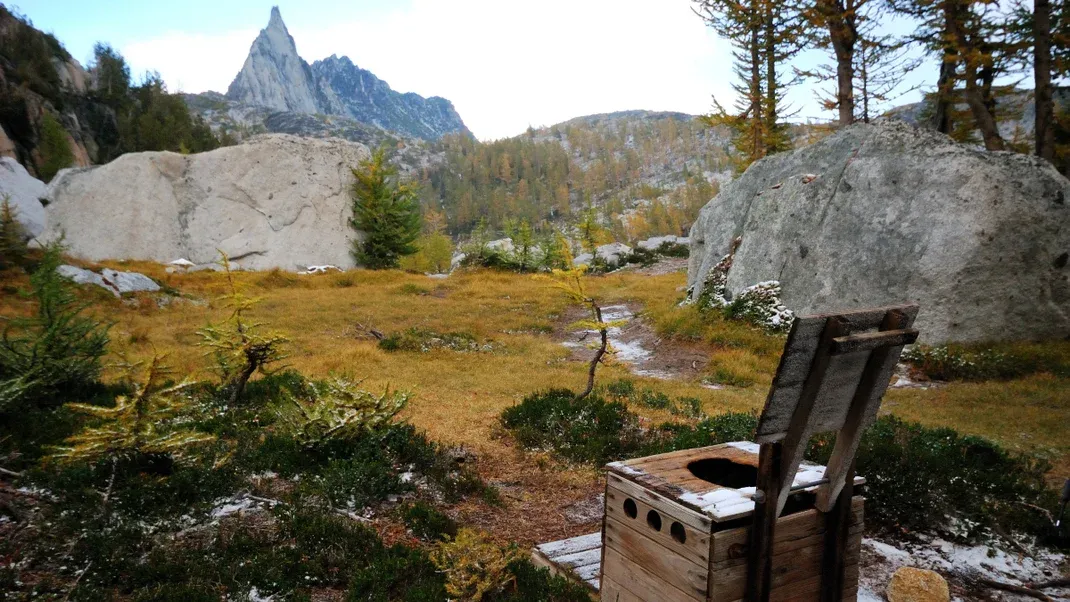How to Hike Effortlessly in Snow
Hiking in snow can be a beautiful and tranquil experience, but it also requires some extra effort and preparation. To hike effortlessly in snow, it's important to wear waterproof and insulated boots to keep your feet warm and dry. Use trekking poles to help maintain your balance and stability on slippery surfaces. Dress in layers to stay warm and regulate your body temperature. Consider wearing gaiters to keep snow out of your boots. Additionally, choose your route carefully, avoiding steep or dangerous terrain. By following these tips, you can enjoy a safe and enjoyable winter hiking experience.

Hiking in the snow can be a breathtaking and serene experience, but it can also be physically demanding and tiring. However, with the right preparation and techniques, you can hike effortlessly in the snow and enjoy the beauty of the winter landscape.
One of the most important aspects of hiking in the snow is to dress appropriately. Layering your clothing is key to staying warm and dry while also allowing for ventilation as your body heats up during the hike. Start with a moisture-wicking base layer to keep sweat away from your skin, followed by an insulating layer to retain body heat, and finish with a waterproof and windproof outer layer to protect you from the elements. Don't forget to wear warm, waterproof boots with good traction to prevent slipping on icy or snowy surfaces.
Another essential item for hiking in the snow is a pair of gaiters, which are designed to keep snow out of your boots and protect your lower legs from getting wet. Gaiters are particularly important when hiking in deep snow or on packed trails where snow can easily find its way into your boots.
Before setting out on your hike, it's important to check the weather forecast and trail conditions. Snow can make hiking more challenging, so it's best to choose a trail that is suitable for winter conditions and within your skill level. Additionally, be sure to let someone know your hiking plans and estimated return time, especially if you're venturing into more remote or less-traveled areas.
Once you're on the trail, it's important to pace yourself and take regular breaks to avoid exhaustion. Hiking in the snow requires more effort than hiking on dry ground, so it's important to listen to your body and take breaks as needed. Remember to stay hydrated and snack on high-energy foods to keep your energy levels up.
As you hike, pay attention to your footing and be mindful of potential hazards such as hidden rocks, roots, or ice. Use trekking poles to help maintain your balance and stability, especially on uneven or slippery terrain. Adjust your stride to accommodate the snow, taking shorter steps to avoid sinking too deeply or slipping. If the snow is particularly deep, consider using snowshoes to distribute your weight and make walking easier.
When hiking in the snow, it's important to be mindful of avalanche risk, especially if you're venturing into mountainous or backcountry areas. Check avalanche forecasts and be aware of the warning signs of unstable snow, such as recent avalanche activity, cracking or collapsing snow, and steep slopes. If you're uncertain about the avalanche risk, consider hiking in lower-angled terrain or sticking to established trails.
In addition to being aware of avalanche risk, it's also important to be prepared for changing weather conditions. Snowstorms can move in quickly and unexpectedly, so it's important to be prepared with proper gear and to have a plan in case of a sudden change in weather. Carry a map and compass (and know how to use them) as well as a GPS device or smartphone with a reliable offline map. It's also a good idea to carry a headlamp or flashlight in case you end up hiking in the dark.
Finally, always practice Leave No Trace principles when hiking in the snow. This means packing out all of your trash, staying on established trails to avoid damaging fragile vegetation, and respecting wildlife by keeping a safe distance and not feeding or disturbing them.
Hiking in the snow can be a magical and rewarding experience, but it does require some extra preparation and caution. By dressing appropriately, staying aware of potential hazards, and pacing yourself, you can hike effortlessly in the snow and enjoy the beauty of the winter landscape.




